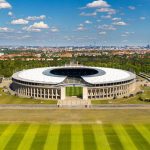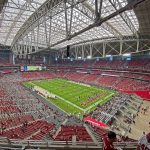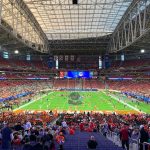One of the largest and most impressive stadiums in the world can be found in the US state of Tennessee in the southern part of the country.
In this article, we’ll take a closer look at some of the most fun and interesting facts about the history of Neyland Stadium, an incredible sports venue in Tennessee!
1. It’s located just south of downtown Knoxville, Tennessee
The Neyland Stadium is currently the 5th-largest stadium in the United States with an official capacity of 102,455. This also makes it the 7th-largest stadium in the world, which is quite incredible.
The location of the stadium is equally fascinating because it’s located on the banks of the Tennessee River, just south of downtown Knoxville, Tennessee.
The stadium’s main purpose is to serve as the home venue of the Tennessee Volunteers football team. Occasionally, it can also be used for various events, including concerts, rallies, or even exhibition games.
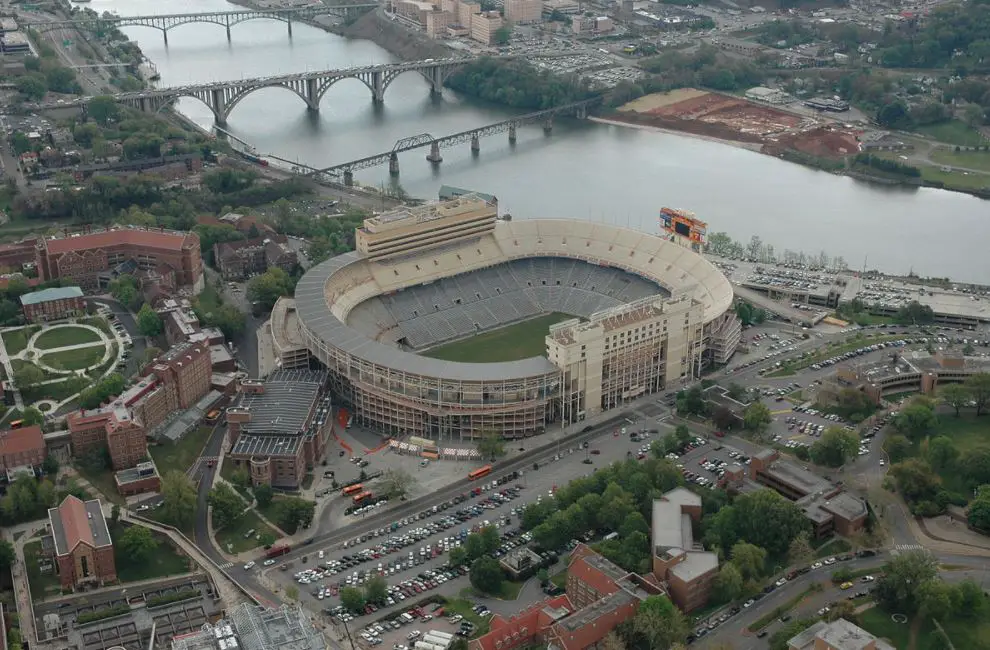
2. The Tennessee Volunteers originally played on 2 other locations
The Tennessee Volunteers, commonly referred to as the “Vols,” were founded in the year 1891 but have only been playing at their current location since 1921.
The original location where they played games was an area referred to as “Baldwin Park,” just north of the Fort Sanders neighborhood of Knoxville between Grand Avenue and Dale Avenue.
The first actual stadium that the Vols played in was called “Wait Field.” This was located where we can now find the Walters Life Science Building of Tennessee University. They played on this ground between 1908 and 1920.
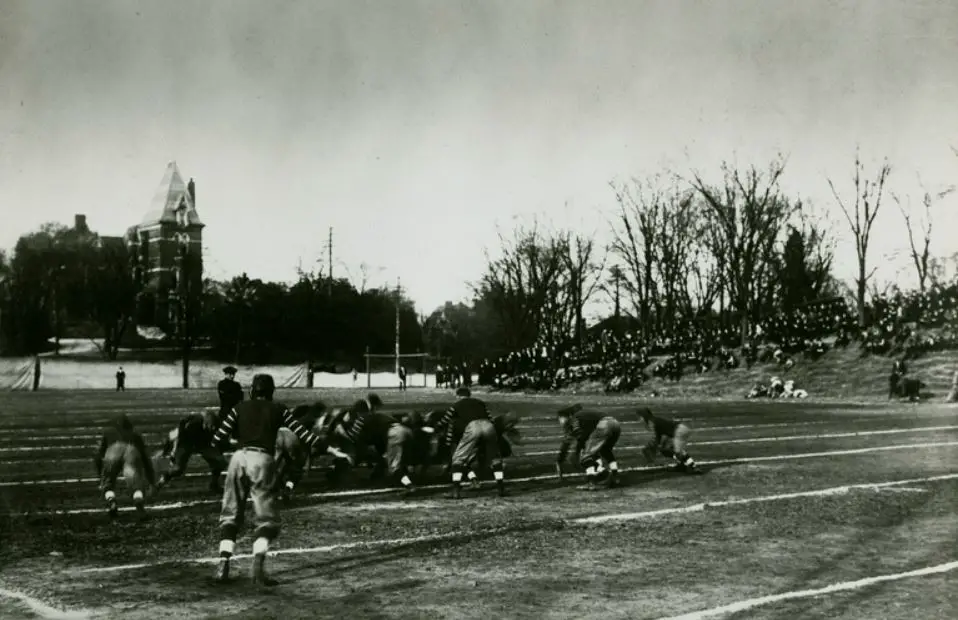
3. The stadium had a different name initially in the early 1920s
The first version of the stadium was incredibly humble and looked nowhere near how the current stadium looks. The main reason was the lack of funds as the original stadium cost only $45,000 (about $575,000 today) to build in the year 1921.
One of the most amazing facts about the history of the Neyland Stadium is that it was originally referred to as the Shields–Watkins Field, a reference to the couple who donated funds for its construction, Colonel W.S. Shields and his wife Alice Watkins-Shield.
Even though the stadium was renamed, later on, the playing surface is still referred to as the “Shields-Watkins Field.”
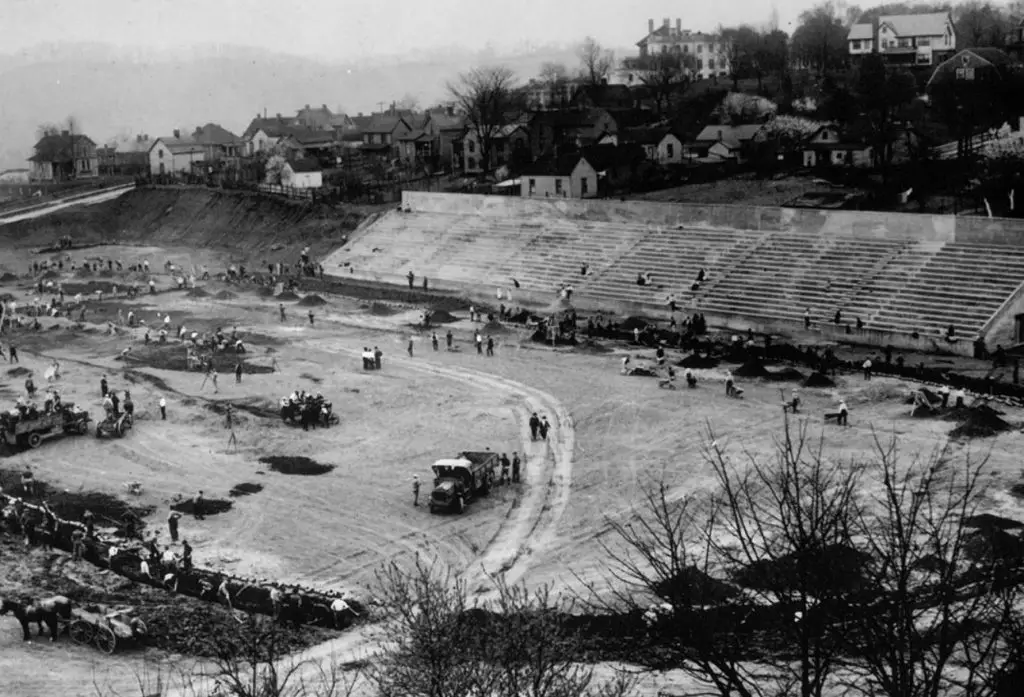
4. The first game at the stadium ended in a victory for the Volunteers
The original stadium had just a single grandstand on the western end of the field and had a capacity of just 3,200. In these humble conditions, the first-ever football game was played in the newly built stadium.
The first game of the Vols at the stadium ended in a resounding victory as they defeated Emory & Henry, an art college in Emory, Virginia, with 27–0.
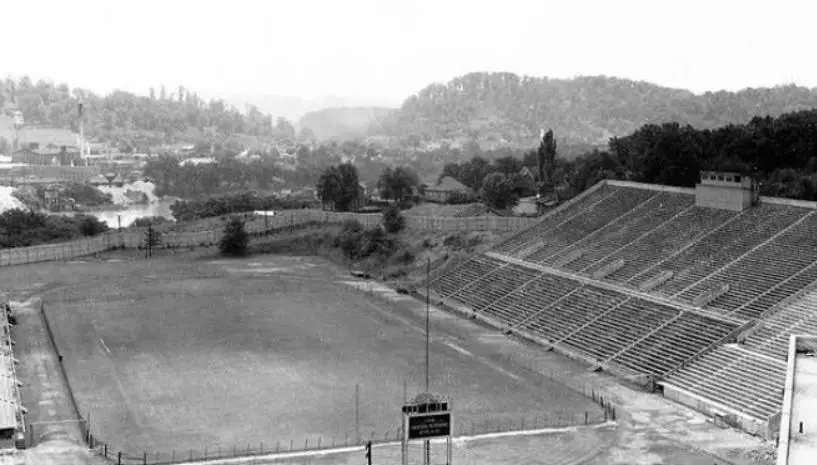
5. It only became a horseshoe during a 1948 upgrade
The lonely West Stands of Shields-Watkins Field were accompanied by the East Stands in 1926, something that increased the stadium’s capacity to 6,800. The West Stands were expanded in 1930 so the stadium reached a capacity of 17,860 that year.
Following another expansion phase on the East Stands in the 1930s and the addition of a small stand on the north end of the stadium, the capacity was further increased to 31,390 in 1938.
The most amazing expansion phase during the first 3 decades of the stadium’s existence started in 1948. This phase completely enclosed the stadium and gave it that distinctive horseshoe shape. This expansion brought the total capacity to 46,290.
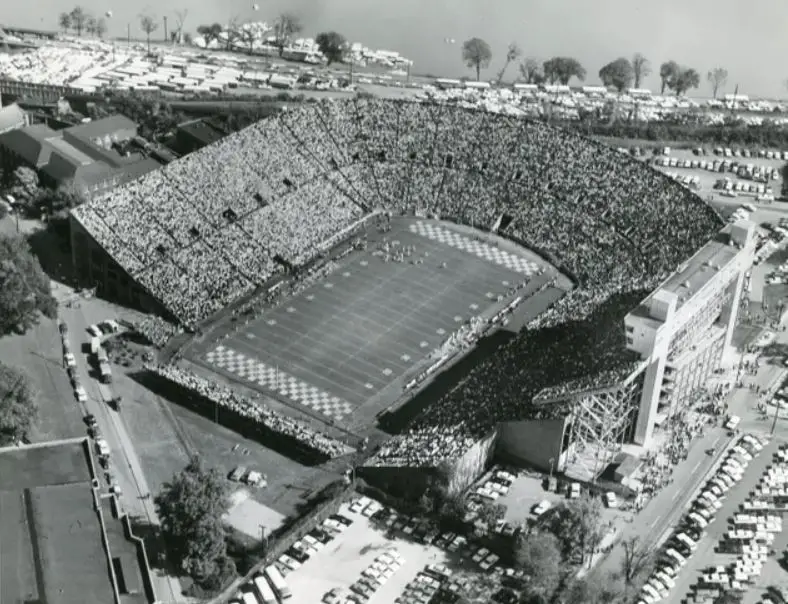
6. The stadium was renamed in honor of a legendary coach in 1962
During all these expansion phases, the man who got a front-row seat was the man after who the stadium was renamed in 1962, Robert Reese Neyland (1892-1962).
He was the head coach of the Tennessee Volunteers between 1926 and 1952, except for 3 stints in the military where he reached the rank of Brigadier General.
One of the most interesting facts about the Neyland Stadium is that Robert Neyland had a great hand in the expansion phases as well. He made the stadium designs, which eventually served as the basis for the immense stadium we see today.
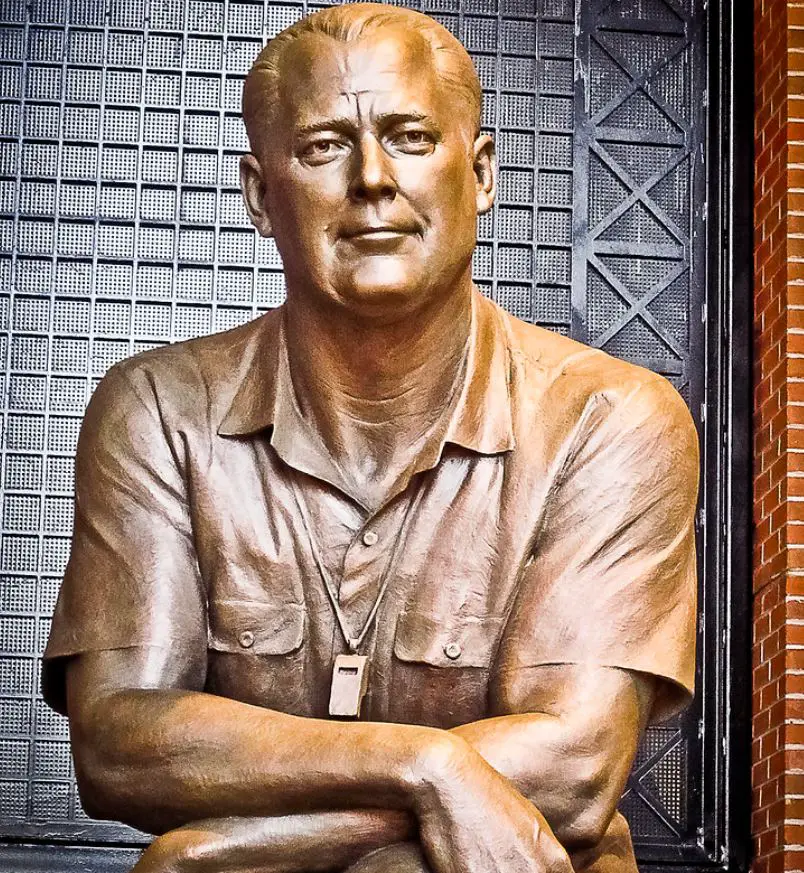
7. The first night game wasn’t played here until the early 1970s
Another memorable moment during the history of Neyland Stadium was the installation of the lighting system. This allowed for night games to be played, something that didn’t happen until the early 1970s.
The first night game to be played at the Neyland Stadium was a game between the Vols and Penn State on September 16, 1972. This game ended in a victory of the Vols with 28–21.

8. The stadium reached its maximum capacity in the year 2000
The stadium came a very long way from its humble beginnings in the early 1920s to the beginning of the 21st century. The stadium underwent a total of 16 expansion phases, and one of these eventually brought the capacity to over 100,000.
This memorable moment in the stadium’s history happened in the year 2000 when the stadium reached its maximum capacity of 104,079. This was eventually decreased to the current seating capacity of 102,455 people during the final renovations which ended in 2010.
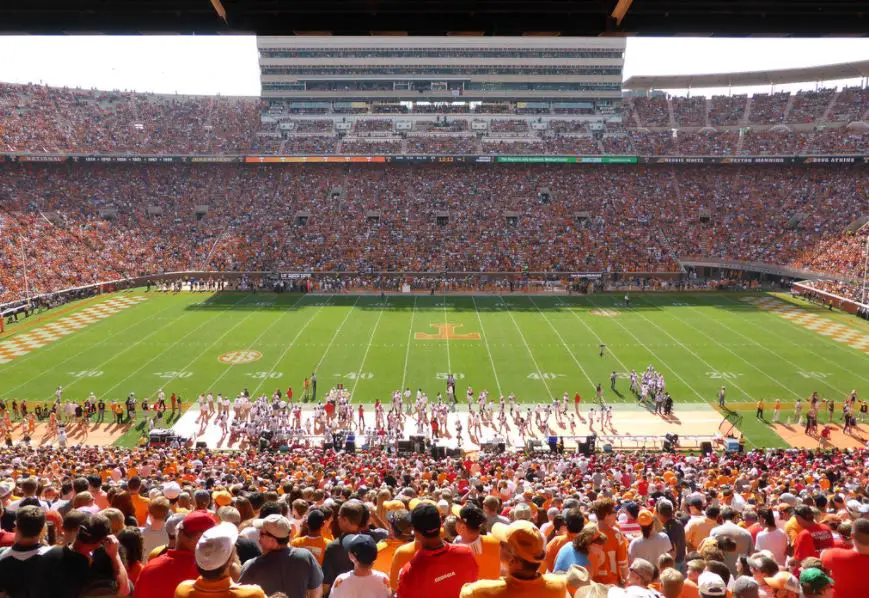
9. The attendance record at the stadium was set in 2004
The average yearly attendance during Tennessee Volunteer football games has been steadily growing with every new expansion phase. This eventually culminated in the Vols set a school record by attracting 107,595 fans per home game in the year 2000, an astounding number!
The largest crowd ever-present at the stadium happened on September 18, 2004. On this memorable day, 109,061 people saw the Vols defeat Florida with 30–28.
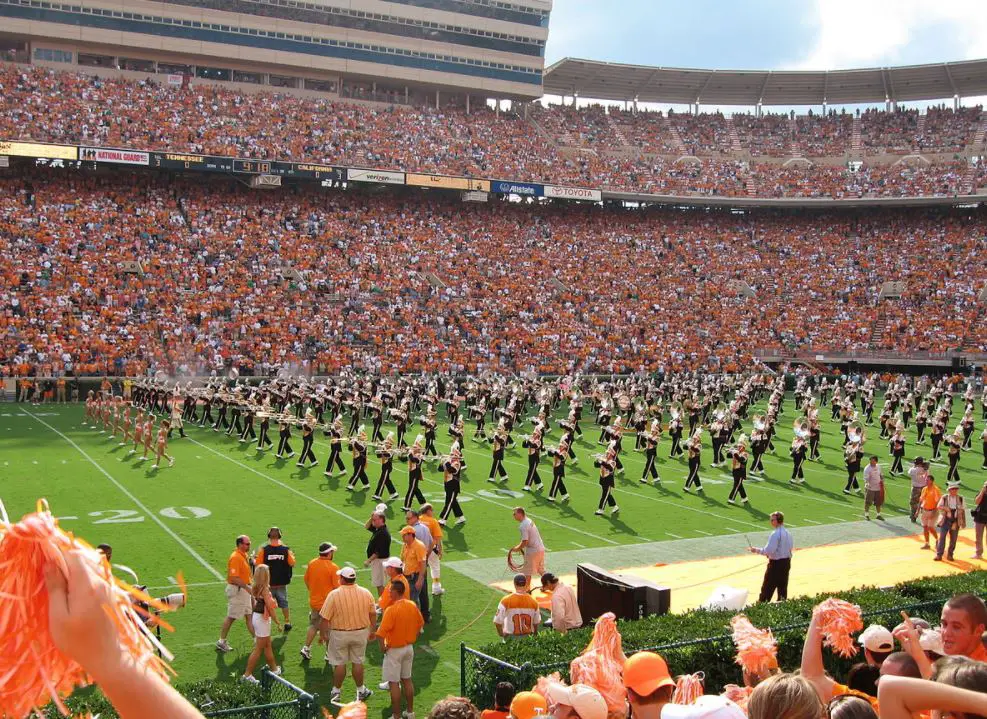
10. 3 renovation phases were completed between 2004 and 2010
The final renovation phase of the stadium cost a whopping USD 136.4 million and took 6 years to complete between 2004 and 2010. This happened in 3 phases which cost $26 million, $27.4 million, and $83 million respectively.
One of the main projects of the final phase of the master plan included the construction of the Gate 21 Plaza, the magnificent northwest entrance to the stadium.
There are 2 more phases in the planning stage, which will feature a renovation of the south and east stands and a new entry plaza at Gate 10!


